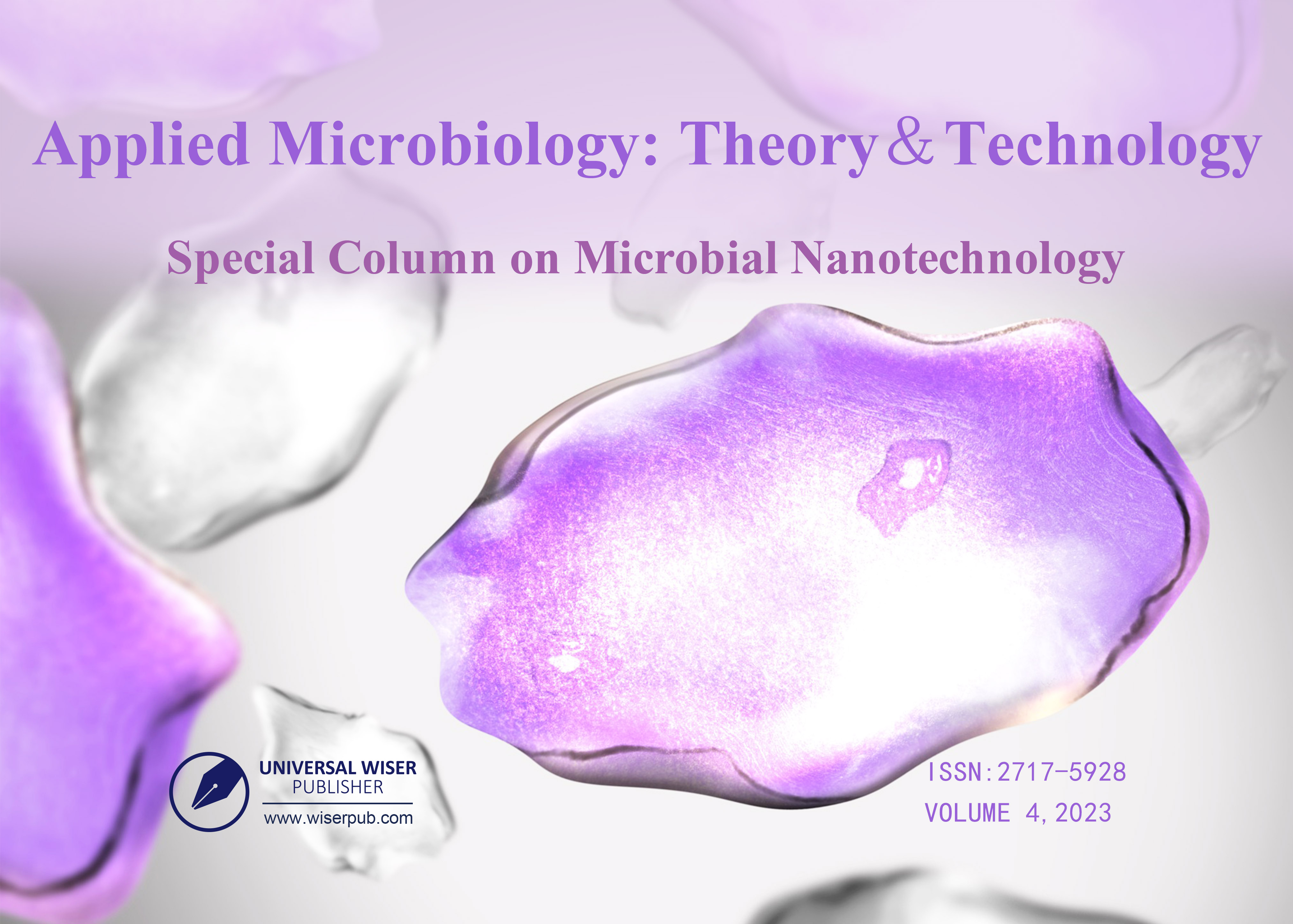Antibacterial Properties of Metal and Metal Oxide Nanoparticles-An Overview
Special Column on Microbial Nanotechnology
DOI:
https://doi.org/10.37256/amtt.4120232230Keywords:
antimicrobial mechanisms, ecosystem, in vivo metabolism, metal oxide nanoparticles, nanomaterial toxicityAbstract
Nanotechnology has made a tremendous impact over a period of three decades in various facets of industrial and medical sectors and still find recent interests to exploit their characteristics for commercial applications. Nanobiotechnology is a field of using nanomaterials for biological applications. The preparation of nanomaterials from biological sources has been known as 'green' technology. Nanoparticles measure in the size range of 1-100 nm and possess unique characteristics than their bulk materials with potential applications in various biological, medical, industrial, agricultural and ecological fields. Using nanoparticles in antimicrobial applications has been explored since the early years of Nanotechnology development. However, few reports exist on the mechanisms of antimicrobial actions mediated by nanoparticles and their effects on environment and ecosystems. Several factors affect the antimicrobial properties of nanoparticles, which are quite important to understand the roles of their antimicrobial action. This review is aimed to discuss the antibacterial properties, the mechanisms and antimicrobial applications of Nanoparticles in medicine and allied areas. We have suggested that despite the several applications of nanomaterials, their production by biological methods and suitable applications also need to focus on the toxicity implications. Nanomaterial toxicity in the ecological niche is of significant concern and regulatory bodies should be organized to evaluate the successful use of nanomaterials for a wide variety of applications. The review significantly summarizes hot topics of interest in antibacterial activities, mode of action, biomedical applications of nanoparticles, their metabolic fate in vivo and toxicity effects in humans for further consideration of researches in Microbial Nanotechnology.


